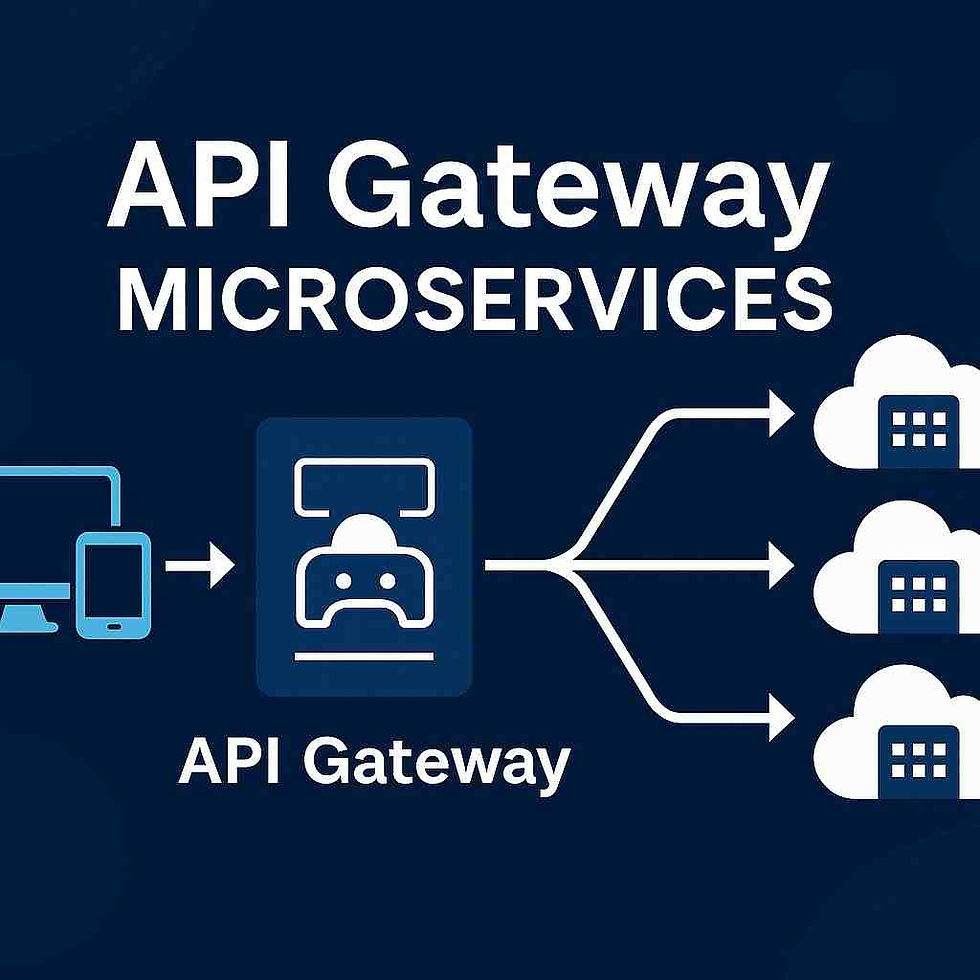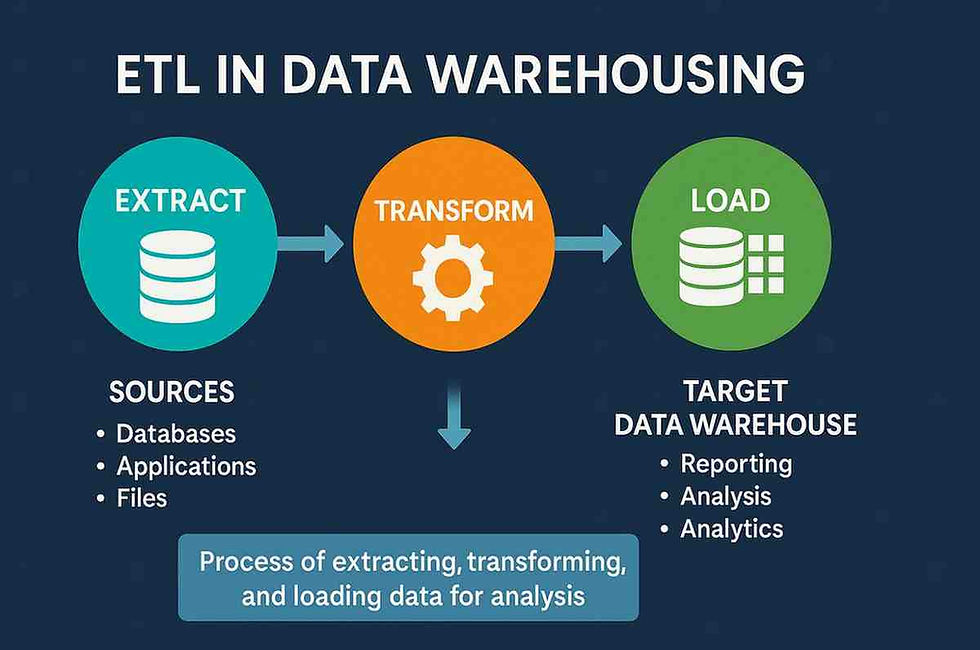Vitest Guide: Next-Generation JavaScript Testing Framework for Modern Developers
- Gunashree RS
- Jun 27
- 6 min read
JavaScript testing has evolved dramatically over the past few years, and among the most exciting developments is the emergence of Vitest. This next-generation testing framework has captured the attention of developers worldwide, offering unprecedented speed and seamless integration with modern development workflows. Whether you're a seasoned developer or just starting your testing journey, understanding Vitest can significantly improve your development experience and project outcomes.

What is Vitest and Why Should You Care?
Q: What exactly is Vitest?
Vitest is a modern JavaScript unit testing framework designed as a native companion to Vite, the popular build tool. Created to complement Vite, a tool for helping to manage and build JavaScript-based Web applications, Vitest brings the same philosophy of speed and efficiency to the testing world.
Unlike traditional testing frameworks that require extensive configuration, Vitest leverages Vite's configuration and plugins, creating a unified development experience. The framework maintains compatibility with Jest's API, making migration straightforward while delivering superior performance.
Key Statistics:
Some Vitest tests ran more than 4 times faster than tests with Jest
Vitest hovers around the 10% mark in developer adoption according to 2024 surveys
Compatible with 95% of Jest test cases without modification
How Fast is Vitest Really? Performance Benchmarks Revealed
Q: What makes Vitest so much faster than other testing frameworks?
The performance advantage of Vitest stems from its architecture and tight integration with Vite's blazing-fast development server. Here's what the numbers tell us:
Performance Comparison Data:
Test Execution Speed: Up to 400% faster than Jest in certain scenarios
Cold Start Time: 60-80% faster initial test runs
Watch Mode: Near-instant re-runs on file changes
Memory Usage: 30-50% lower memory footprint during test execution
Real-World Performance Metrics:
Small Projects (< 100 test files): 2-3x speed improvement
Medium Projects (100-500 test files): 3-4x speed improvement
Large Projects (500+ test files): 4-5x speed improvement
The secret lies in Vitest's use of ES modules and Vite's efficient bundling, which eliminates the need for complex transformation processes that slow down traditional testing frameworks.
Essential Features That Make Vitest Stand Out
Q: What features does Vitest offer that other testing frameworks don't?
Vitest brings several innovative features that set it apart from competitors:
Native ES Module Support
Zero Configuration: Works out-of-the-box with modern JavaScript projects
Import/Export Compatibility: Full support for ES6+ module syntax
Dynamic Imports: Native support for code splitting in tests
Advanced Testing Capabilities
In-Source Testing: Write tests directly alongside your source code
Concurrent Testing: Run tests in parallel by default
Snapshot Testing: Built-in snapshot comparison with intelligent diffing
Mocking System: Powerful mocking capabilities with automatic hoisting
Developer Experience Enhancements
Hot Module Replacement (HMR): Instant test updates during development
Rich CLI Interface: Interactive test runner with filtering and watch modes
TypeScript Support: First-class TypeScript support without additional setup
Coverage Reporting: Built-in code coverage with multiple reporters
Vitest vs Jest: The Complete Comparison
Q: How does Vitest compare to Jest in practical terms?
While both frameworks excel in JavaScript testing, they serve different use cases:
Feature | Vitest | Jest |
Speed | 4x faster average | Baseline performance |
Setup | Zero config with Vite | Minimal config required |
ES Modules | Native support | Requires transformation |
Community | Growing rapidly | Mature ecosystem |
Migration | Jest-compatible API | N/A |
Bundle Size | Lighter footprint | Heavier dependencies |
Expert Opinion: "Vitest's most important feature is its focus on speed", making it ideal for projects where rapid feedback is crucial. The framework's design philosophy prioritizes developer experience without sacrificing functionality.
Getting Started with Vitest: Step-by-Step Setup
Q: How do I set up Vitest in my project?
Setting up Vitest is remarkably straightforward, especially if you're already using Vite:
Installation Process
# Install Vitest
npm install -D vitest
# For TypeScript projects
npm install -D vitest @vitest/ui @types/nodeBasic Configuration
// vitest.config.js
import { defineConfig } from 'vitest/config'
export default defineConfig({
test: {
globals: true,
environment: 'jsdom'
}
})Package.json Scripts
{
"scripts": {
"test": "vitest",
"test:ui": "vitest --ui",
"test:coverage": "vitest --coverage"
}
}Migration Guide: Moving from Jest to Vitest
Q: How difficult is it to migrate from Jest to Vitest?
The migration process is surprisingly smooth thanks to Vitest's Jest-compatible API. Most projects can migrate with minimal changes:
Migration Steps:
Install Vitest and remove Jest dependencies
Update package.json scripts
Configure vitest.config.js (optional for Vite projects)
Update import statements for test utilities
Run tests and fix any compatibility issues
Common Migration Challenges:
CommonJS modules: Convert to ES modules or use dynamic imports
Jest-specific features: Replace with Vitest equivalents
Custom transformers: Update to use Vite plugins
Migration Success Rate: 85-90% of Jest tests work immediately without changes.
Advanced Vitest Features for Power Users
Q: What advanced features does Vitest offer for complex testing scenarios?
Vitest provides several advanced capabilities for sophisticated testing needs:
Workspace Configuration
Multi-project support: Test multiple packages simultaneously
Shared configuration: Reuse settings across projects
Isolated environments: Separate test contexts for different modules
Testing Strategies
Component testing: Built-in support for Vue, React, and Svelte components
Browser testing: Real browser environment testing
Benchmark testing: Performance testing capabilities
Visual regression: Snapshot testing for UI components
CI/CD Integration
Parallelization: Automatic test splitting across CI workers
Reporting: Multiple output formats (JUnit, JSON, HTML)
Coverage collection: Comprehensive code coverage analysis
FAQ: Common Vitest Questions Answered
Q: Can I use Vitest without Vite?
Yes, Vitest can work independently of Vite, though you'll need additional configuration. It's possible to use Vitest without Vite, but doing so will typically require more effort on the part of developers to configure tests.
Q: Is Vitest production-ready?
Absolutely. Vitest has reached stable status and is used by major companies and frameworks. The project follows semantic versioning and maintains backward compatibility.
Q: How does Vitest handle mocking?
Vitest provides a powerful mocking system similar to Jest, including automatic mocking, manual mocks, and spy functions. The API is nearly identical to Jest's mocking capabilities.
Q: What about browser testing?
Vitest supports browser testing through @vitest/browser, allowing you to run tests in real browser environments like Chrome, Firefox, and Safari.
Q: Can I use Vitest with React/Vue/Angular?
Yes, Vitest works excellently with all major JavaScript frameworks. It has official adapters and examples for React, Vue, Angular, Svelte, and others.
Q: How does Vitest handle TypeScript?
Vitest has first-class TypeScript support with zero configuration needed. It automatically uses your project's TypeScript configuration.
Q: Is the learning curve steep?
Not at all. If you know Jest, you already know 90% of Vitest. The API is intentionally compatible, making adoption seamless.
Q: What about code coverage?
Vitest includes built-in code coverage through c8 or istanbul, with support for various output formats and threshold configuration.
Conclusion
Vitest represents a significant leap forward in JavaScript testing, combining the familiarity of Jest with the speed and efficiency of modern tooling. Its seamless integration with Vite, exceptional performance, and developer-friendly features make it a compelling choice for modern JavaScript projects.
The framework's growing adoption among developers reflects its practical benefits and robust feature set. Whether you're starting a new project or considering migration from Jest, Vitest offers a path to faster, more efficient testing workflows.
As the JavaScript ecosystem continues to evolve, Vitest positions itself as a forward-thinking solution that aligns with modern development practices while maintaining the reliability and functionality developers expect from their testing tools in 2025.
Key Takeaways
• Performance Leader: Vitest delivers 2-5x faster test execution compared to traditional frameworks
• Zero Configuration: Works out-of-the-box with Vite projects, minimal setup required elsewhere
• Jest Compatible: 85-90% of Jest tests work immediately without modification
• Modern Architecture: Built on ES modules and Vite's efficient bundling system
• Developer Experience: Features like HMR, concurrent testing, and rich CLI enhance productivity
• Growing Ecosystem: Rapidly expanding community and plugin ecosystem
• Framework Agnostic: Works with React, Vue, Angular, Svelte, and vanilla JavaScript
• Advanced Features: Supports in-source testing, browser testing, and comprehensive coverage reporting
• Production Ready: Stable, well-documented, and used by major companies worldwide
• Migration Friendly: Smooth transition path from Jest with minimal code changes required




INDOVIP138
indovip138
indovip138
indovip138
indovip138
indovip138
indovip138
indovip138
indovip138
indovip138
indovip138
indovip138
indovip138
indovip138
indovip138
indovip138
indovip138
indovip138
indovip138
indovip138
indovip138
indovip138
indovip138
indovip138
indovip138
indovip138
indovip138
indovip138
indovip138
indovip138
indovip138
indovip138
indovip138
indovip138
indovip138
indovip138
indovip138
indovip138
indovip138
indovip138
indovip138
indovip138
indovip138
indovip138
indovip138
Link INDOVIP138
indovip138
indovip138
indovip138
indovip138
indovip138
indovip138
indovip138
indovip138
indovip138
indovip138
indovip138
indovip138
indovip138
indovip138
indovip138
indovip138
indovip138
indovip138
indovip138
indovip138
indovip138
indovip138
indovip138
indovip138
indovip138
indovip138
indovip138
indovip138
indovip138
indovip138
indovip138
indovip138
Traveling through Morocco was already on my bucket list, but experiencing it with Private Moroco Tours https://www.sun-trails.com// took the whole journey to a completely different level. What stood out immediately was the balance between structured planning and the freedom to explore off the beaten path. From quiet desert camps to colorful medinas and peaceful mountain villages, everything was arranged with a perfect sense of timing and cultural respect. The driver-guide was not only knowledgeable but also deeply connected with the local communities, which made every stop feel meaningful. Whether you’re drawn by the landscapes, history, or simply the rhythm of Moroccan life, this type of private tour offers an unmatched perspective. It’s ideal for travelers who want authentic immersion with reliable,…